
When we talk about Virus there are some of the things which are not clear and even unknown.
So, I am here to clear all the questions in your mind regarding viruses.
Table of Contents
What is a Virus?
So, as for the question that what is the virus?
I must make you clear that it is somewhere in between the black and white of living, say grey.
These are submicroscopic agents that can only replicate or clone themselves inside of a living thing.
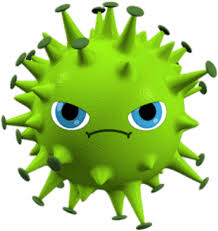
Viruses can use living beings such as plants, animals, human beings, and even microscopic organisms like bacteria and archaea.
After reading the term ‘replicate’, you will start concluding that Virus is alive this is why they can replicate right?
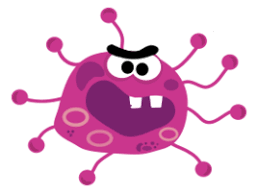
Let me tell you, yes viruses can replicate.
But, there are some parameters that are essential for considering a being as living. Viruses cannot fulfil them on their own.
This means even for replicating they need other living bodies in which they can carry out the required process.
The virus mainly causes harm to its host body by altering their DNA pattern. This leads to the cause of some sort of disease.
Discovery of Virus
This topic is somehow sophisticated. Till now the origin of viruses is not so well clear.
Some of them originated from plasmids ( they are pieces off DNA which can move between the cells) and can have even be evolved in from bacteria.
One of the most important ways of evolution of viruses was horizontal gene transfer.
This process increases genetic diversity in the reproduction of viruses. It is said that we can find viruses wherever life exists.
Theories are, viruses are existing since the evolution of the first cell. Years ago an assumption was made regarding gene transfer by scientists.
Viruses use some sort of genetic material to pass germline information to the offspring for over 1000 years.
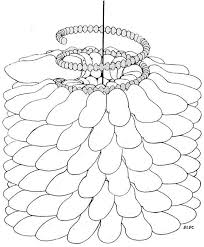
The first-ever discovered virus was Tobacco mosaic virus. It was discovered during the 1800s period.
To conclude the origin of viruses, three main hypotheses came into the picture.
Regressive hypothesis
This hypothesis is also named as ‘degeneracy’ or ‘reduction’ hypothesis.
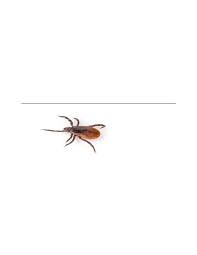
According to this theory, viruses once can have been small cells that lived by feeding on larger cells.
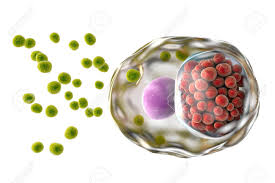
There are some bacteria that gave proof regarding this theory.
Rickettsia and Chlamydia are bacteria that can live only inside a host cell.
This dependency on the host may have led these bacteria to lose genes which allows them to live outside a cell.
This theory cannot explain why the smallest cellular parasite cannot resemble the properties of viruses.
Cellular origin hypothesis
This theory says that viruses may have evolved from plasmids or transposons.
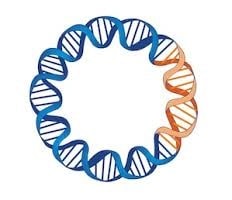
Transposons were first discovered by Barbara McClintock in 1950.
This hypothesis is also named as’vagrancy’ or ‘escape’ hypothesis. It cannot explain different structures of viruses like complex capsids.
Co-evolution hypothesis
This hypothesis proposed virus can have evolved from complex protein molecules and nucleic acids.
This took place at the same time when the first cell appeared on Earth, and parasites other cells.
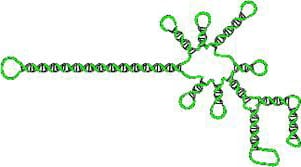
The proof for this theory is the presence of Viroids.
They are molecules of RNA in which the coat of protein is absent due to which they are not considered as a virus.
Because of similar characteristics with viruses DNA or RNA strains are sub-viral agents.
This hypothesis is also named as ‘virus-first hypothesis’.
What are viruses consist of?
We can consider viruses as genomes. The internal structure contains DNA or RNA which carries essential information.
The outer shell of the virus is a combination of proteins. The outer shell is called Capsid.
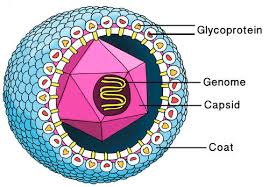
Apart from this lipid make the outer cover for some viruses.
Source of the word “VIRUS”!!
The word “Virus” came from a Latin word which means poison and other noxious liquids.
The English form of this word was first used by John Trevisain in 1398. The word virus was coined by Robert Hooke.

The first meaning of this word recorded in the English language was ‘agent that causes infectious disease’. This meaning was reported in 1728.
Classification of Viruses
The classification of viruses takes place on the basis of names and structures.

Andre` Lwoff, Robert Horne, and Paul Tournier were the first to classify viruses in 1962. This classification was based on the Linnaean hierarchical system.

This taxonomy consists of a classification of phylum, class, order, family, genus, and species.

In 1966 the International Committee on Taxonomy of Viruses (ICTV) was formed.
ICTV took care of the classification system of viruses.
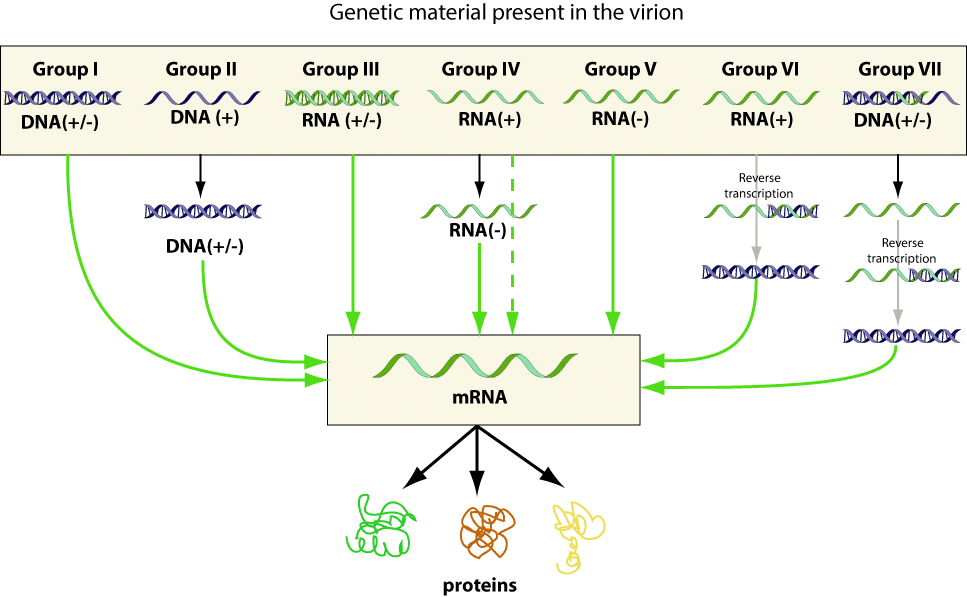
This committee purely classified viruses on the system given by Lwoff, Horne, and Tournier.
Details of the ICTV system
This system contains 4 realms, 9 kingdoms, 16 phyla, 2 subphyla, 36 classes, 55 orders, and 8 suborders.

Other divisions are 168 families, 103 subfamilies, 1,421 genera, 68 subgenera, and 6,590 species of viruses until 2019.
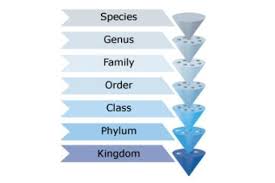
The objective behind the establishment was to develop an internationally agreed name of viruses, to maintain an official record, and to study the effects of the virus in society.
Another pattern for classification: Baltimore classification
This is based on the system given by David Baltimore who won Nobel prize in biology.
The Baltimore system is in use with ICTV.

It is based on the mRNA mode of classification. If you are wondering that what is this mRNA system means?
Let me tell you that every virus produces mRNAs to form genomes to make proteins and replicate themselves.
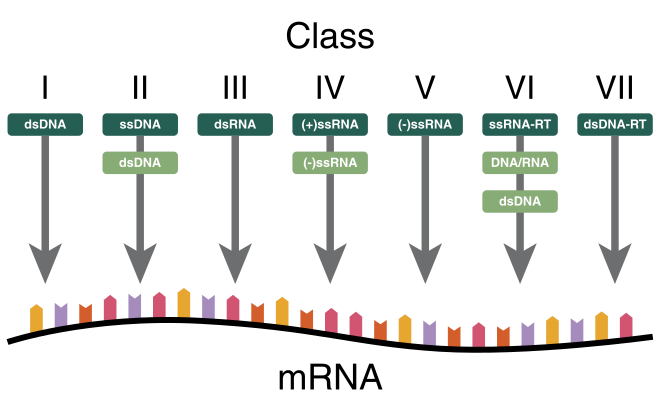
The process of making mRNA is different for every virus family making them able to differentiate.
The virus genome can be a single strain (ss) or double strain (ds).
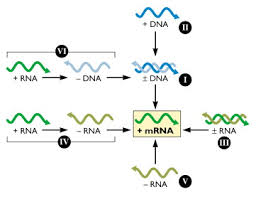
Genomes may use the reverse transcriptase (RT) or it cannot use it too. ssRNA further divide itself as sense (+) or antisense (-).
How does the virus go inside their host body?
From disease-bearing organisms
The carriers in this process are known as vectors.
One of the examples of this is the viruses that spread among plants by various insects that feed on them.
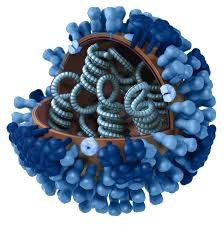
A similar example of this kind of spread in humans or animals is by insects that feed on humans or animal’s blood.
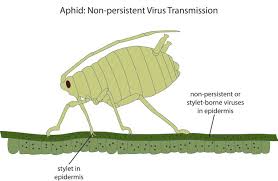
The example of diseases caused by this kind of spread are aphids, influenza, and many more.
From food
Viruses like Norovirus and Rota-virus spread through contaminated food.

They enter the digestive system and cause viral gastroenteritis.
By physical contact

Viruses can also spread by physical contact between living beings.
An example of this kind of virus disease is HIV and Corona-viruses.
To get the complete information on CoronaVirus, Click Here
What role does the virus play in the evolution of diverse species?
They are the most significant natural way of information transfer between genomes.
It is considered that viruses played a very important role in the early stage of evolution.
The result of this was different microbes like bacteria, archaea, and eukaryotes.
Diverse role of the virus in aquatic life.
The population of viruses in the aquatic sphere is most.
We can say that there are over 10 million of them in a spoon full of aquatic waters.
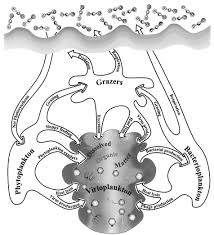
They infect the heterotrophic bacteria and cyanobacteria and helps in the regulation of saltwater and freshwater sources on Earth.
The infections caused by these viruses cannot be transfer in other species.
They help in the decomposition of nutrition and carbon.
Applications of viruses
Viruses are useful in many fields. Some of the uses are listed below.
Science and Medicine technology
Viruses provide a big scope to cell biological studies.
This is due to the fact that viruses are very simple strained microbes and can be studied easily.
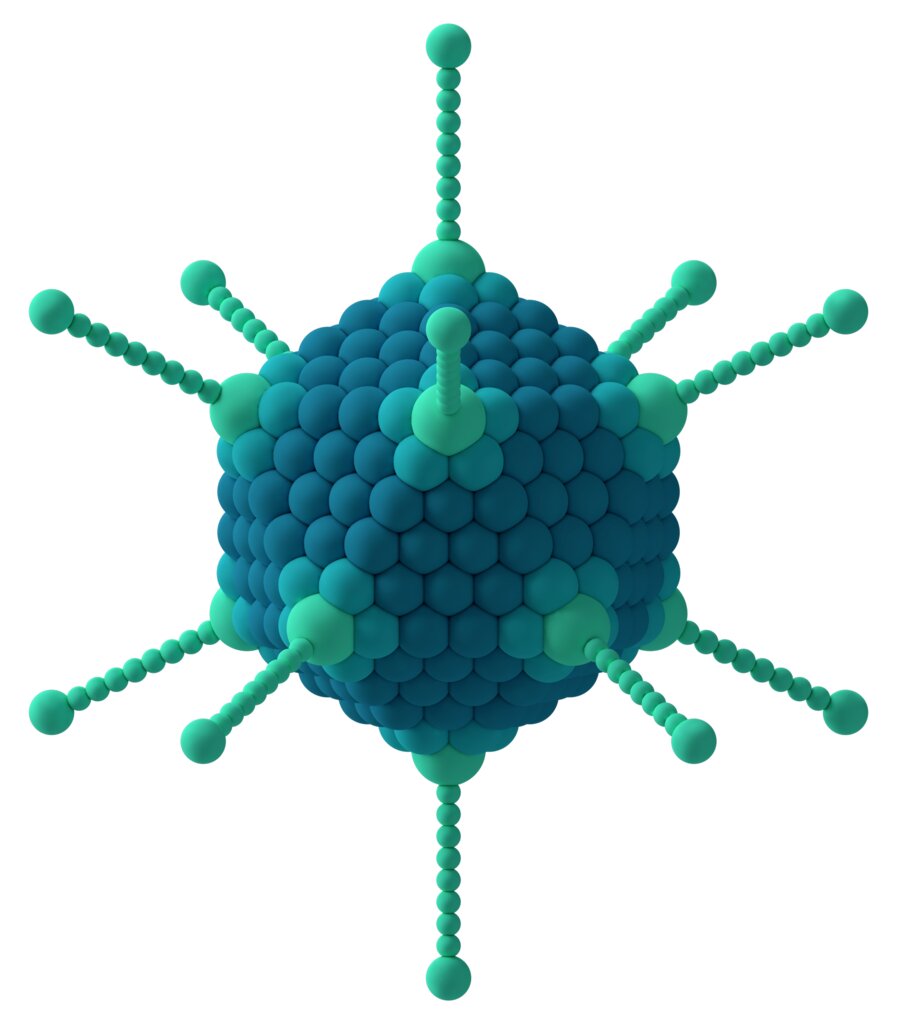
They have been found useful for the study of genetics and understanding facts regarding molecular genetics, and DNA replication.
The other areas are transcription, RNA processing, translation, protein transport, and immunology.
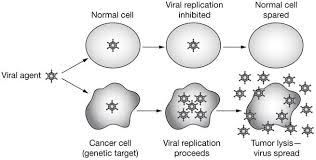
They are also useful in studying the effect of the introduction of new genes into a substance.
Viruses also help in the treatment of many diseases like cancer and gene therapy as they target the cells and DNA.
Virotherapy is used to achieve this process.
Material science and nanotechnology
According to material scientist we can consider viruses as nano-particles .
Because of a special kind of gene present in viruses they are able to cross the membrane of the host cell.
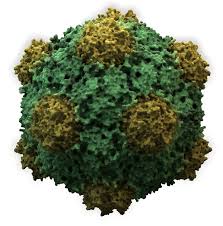
In material science, humans are using viruses for the convenient linking of surface modification.
Viruses, nowadays, are helpful as organizing material in nanotechnology because of their shape, size, and structure.
Synthetic viruses
We can say that viruses can be made synthetically, but this is not true. Actually, the manufacturing of DNA genome or cDNA copy of the genome takes place.
The first so-called synthetic virus was made in 2002. The single strain RNA or DNA works as viruses because they contain all important information for the manufacturing of viruses.

Nowadays humans are using this method of DNA and RNA strain for manufacturing vaccines to the viruses which cause diseases in human beings.
Bioweapons
As we all know that viruses can lead to health issues in humans to the extend of taking their lives.
Now humans are using this fact to make bioweapons.
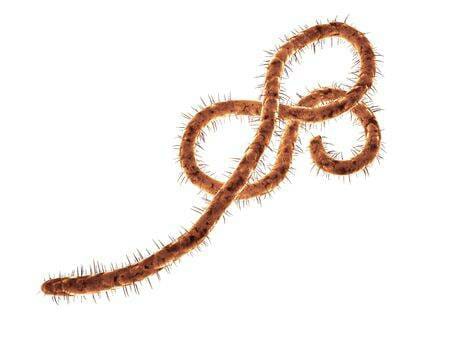
The main concern towards this threat to human society was first raised in 1918.
During this year in a laboratory the Influenza virus was synthetically re-made.
How does virus cause diereses in other living beings?
Viruses in animals
They are the main source of pathogens in animals. They cause infections in pets like cat dogs, and even in cattle.
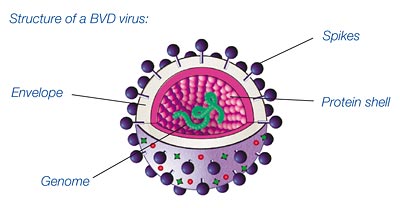
The main affected areas are foot, mouth, and tongue. These viruses can enter the animal’s body by any means.
They may have been carried by other animals that are parasitic to them. They can also spread by food and water.
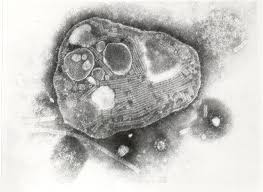
Influenza, BVDV, and Rinderpest are some of these kinds of viruses.
Virus in plants
I must say, the most resistance being on earth towards virus can be planted. This is because, the viruses in plants are harmless to other beings.
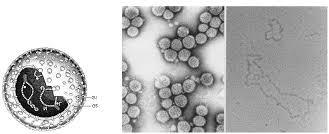
Even if any virus infects a plant, the virus cannot survive for a long time. As, the plants produce genes to fight against viruses.
Viruses in microbes
These are the most primitive form of viruses. As I said earlier that the viruses started para-siting bacteria and archaea billion years ago.
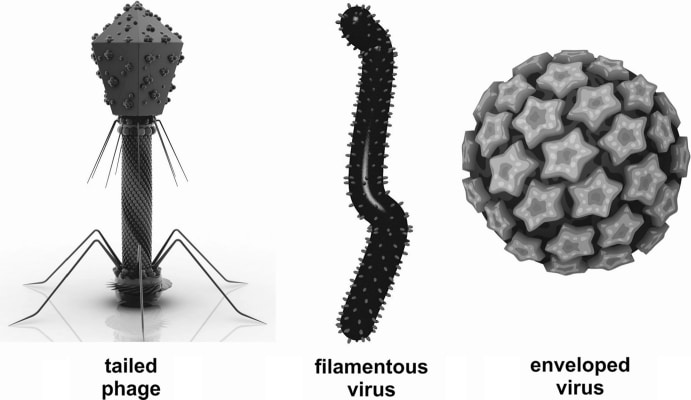
They affect microbes by mixing with them through their surfaces.
Virus in humans
This is the rarest place for a virus to be present. Yes, in humans viruses are very unlikely to found.
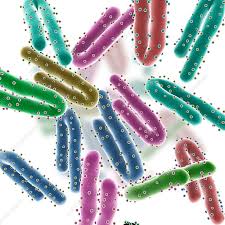
In humans, there are numerous ways through which viruses can enter. They can find their entry through food, water, litters, air, and physical contact.

They enter inside the human body and change their shape in the form of a key in the key lock system.
By doing this they start sending their own messages to the brain which they need for replication.
List of viruses that caused disease in humans
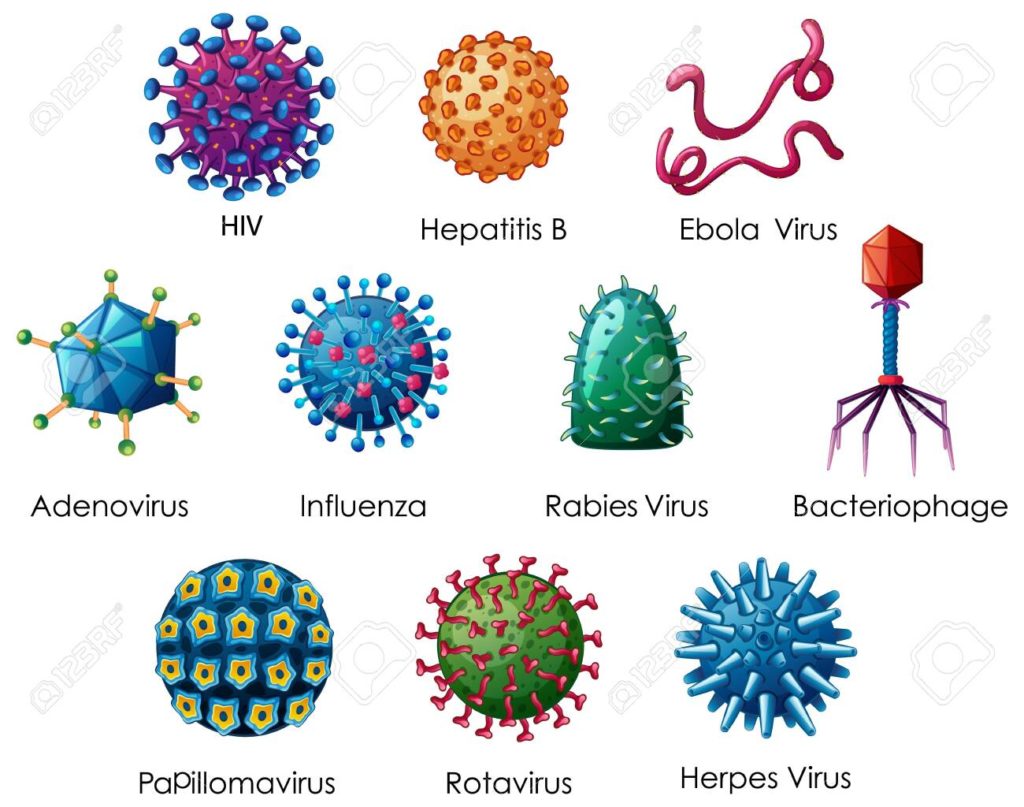
| Name of virus | Source |
| Rabies | Bats, dogs, foxes |
| Influenza | birds, pigs,horses |
| Ebola | Monkeys |
| West Nile virus | Birds |
| Dengue | Mosquitoes |
| Marburg | Monkeys |
| HIV-1 and 2 | Chimpanzees, and monkeys |
| Lassa and Hanta | Rodents, |
| Rubella | Monkey (kidney) |
| Hepatitis B | Bats |
| Rota-virus | Dogs and cats |
| Corona-virus (COVID-19) | Bats(assumption till now) |
| Chikungunya virus | Mosquitoes |
Conclusion
In short, we can say viruses can be useful as well as the same time harmful.
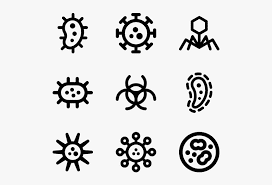
As we all know that humans can manufacture viruses. This is one of our own how we use it for instance.


[…] Virus: Definition, Structure, and Facts regarding virus […]
[…] Virus: Definition, Structure, and Facts regarding virus […]
[…] Virus: Definition, Structure, and Facts regarding virus […]
[…] Virus: Definition, Structure, and Facts regarding virus […]